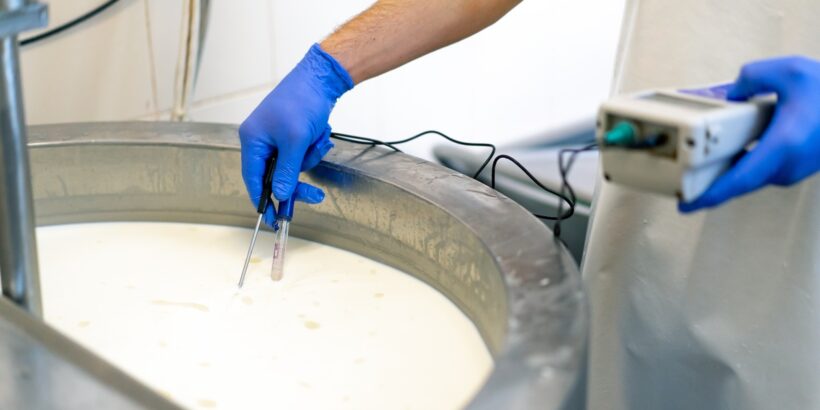Controlling temperature is a critical part of food manufacturing that ensures products stay safe, fresh, and of the highest quality. Every step of the process, from storage to cooking, relies on specific temperature regulations to uphold industry standards. Explore four temperature control methods in food manufacturing and how they enhance consistency.
Refrigeration and Cooling Systems
Refrigeration and cooling systems preserve the quality of perishable foods by maintaining low temperatures that slow down bacterial growth. Whether you’re storing raw materials or finished products, cooling systems ensure they remain stable and meet food safety standards.
Investing in modern refrigeration technology can also improve efficiency in your operations. Advanced systems offer smarter controls, reduced energy usage, and better thermal stability. When paired with temperature monitoring tools, these systems help your facility respond quickly to fluctuations.
Heating and Pasteurization
Heating, including pasteurization, plays a key role in eliminating harmful bacteria and extending the shelf life of food products. Applying controlled heat keeps food safe while preserving its flavor and nutritional value. This process is especially important for ensuring the quality and consistency of dairy, beverages, and canned goods.
Beyond safety, pasteurization can add value to your production processes. By standardizing heating methods, you avoid overprocessing or underheating, which might impact product quality. Automation of heating systems also provides precise temperature control, which supports efficiency and compliance with food safety regulations.
Insulated Storage and Transport
Using insulated containers, cold rooms, or temperature-controlled vehicles ensures that products remain fresh and safe during storage or transport. These solutions prevent fluctuations that could lead to spoilage and safety risks in the food chain.
There are several insulated storage and transport methods that maintain consistent temperatures:
- Cold rooms: Walk-in chambers designed to store large quantities of food at controlled low temperatures
- Insulated containers: Portable units that create a stable environment for food during short-term storage or movement
- Refrigerated trucks: Specialized vehicles with built-in cooling systems for transporting perishable goods over long distances
- Thermal pallet covers: Flexible covers that shield food pallets from temperature changes during short transfers
Durable and well-designed insulation materials minimize temperature transfer, reducing energy costs and maintaining conditions over extended periods. Pairing modern tracking systems with insulated units can also offer real-time temperature monitoring, giving you greater control and reassurance.
Heat Transfer Equipment
Heat transfer equipment controls the heating and cooling of products during food manufacturing. Examples of heat transfer equipment in food manufacturing include heat exchangers, dimple plate jackets, cooling coils, plate heat exchangers, and steam jackets. These devices efficiently transfer heat, which maintains the quality of the product, speeds up production, and reduces energy costs.
Dimple plate jackets in the food and beverage industry regulate temperatures in production tanks. They work by transferring heat or cooling to products during processes like fermentation or pasteurization. These jackets allow for consistent temperature control, helping dairies, canneries, breweries, and winemakers maintain product quality and efficiency in their operations.
Maintaining proper temperature is key to ensuring food safety, quality, and compliance in manufacturing. Advanced refrigeration, controlled heating, insulated transport, and heat transfer tools work together to maintain stability across all production stages. By integrating these technologies with monitoring systems, businesses can provide safe, high-quality products.
